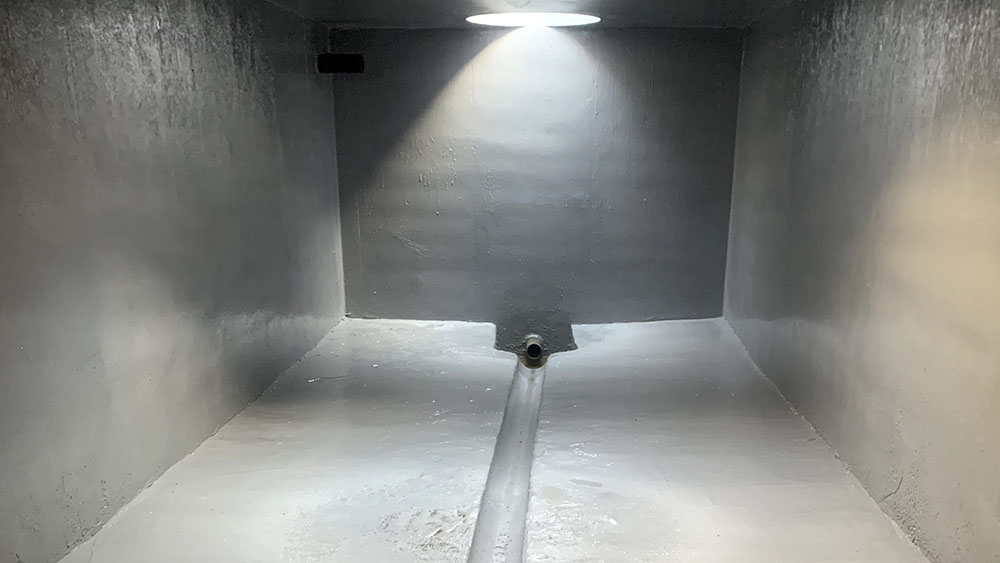Water tanks play an important role in storing water for different uses be it domestic, commercial, or industrial use. Warning against the leaking of these tanks is simply waste of water and destruction of buildings with untold damage. Today, not only is it convenient to carry out proper waterproofing for your water tanks, it is also important. The selection of the method to waterproof a water storage structure is instrumental to the integrity and sustainability of that system. This guide looks at the best options in waterproofing a water tank, with a view to efficiency and durability.
Why You Should Waterproof Your Water Tank
Waterproofing of water tanks is essential owing to a number of reasons:
- Leak Prevention:
In fact, leakage results in colossal loss of water and hence harms the nearby structures. Proper waterproofing will ensure proper sealing of the tank so that no seepage occurs.
- Water Quality:
Waterproof materials avoid the entry of various contaminants in the tank and thus also help keep water clean and safe.
- Durability:
This will ensure that a water tank’s service life is considerably prolonged based on quality waterproofing, being guarded from cracking, corrosion, and other forms of wearing out.
- Life Savings:
Effective waterproofing will prevent any seepage and, hence, any consequent damages to the structure; thus, it can save you a lot of your wallet in terms of repairs, as well as inflated water bills.
Methods for Water Tank Waterproofing
The solution comes in many types, and the best one depends on your water tank material and durability, budget, and environmental factors. Some of the more common methods for waterproofing are listed below:
1. Cementitious Waterproofing System
One of the most popular concrete water tank choices is cementitious waterproofing. It is an application of a cement-based compound that goes around the surface of the tank.
Advantage:
● Application is Simple
● Resistance
● Low Cost
Disadvantages:
● Rigidity
2. Liquid Membrane Waterproofing
It is such type of basement waterproofing that involves application of a liquid coating that is waterproof on the tank. It is applied all over the surface then gets dried and forms a rubber-like kind of waterproof membrane.
Advantage:
● Flexibility.
● Seamless Application
● Versatility
Disadvantages:
● Application by Professionals
3. Bituminous Coating Waterproofing
Bituminous coating or asphalt coating represents another common method of waterproofing, specifically to the metal and concrete tanks.
Advantages:
● Great bonding to various substrates.
● Water Resistance:
Disadvantages:
● Not Suitable for Potable Water Tanks
● Poor UV Resistance
4. Polyurethane Waterproofing
Polyurethane waterproofing is the most excellent and most favored waterproofing for sealing water tanks. This is since it is so much durable and elastic.
Advantage:
● It is highly elastic
● Very high adhesive property
● Tough
Disadvantages:
● Cost
● Professional application
Waterproofing Practices for Your Water Tank
No matter which waterproofing method you choose to follow, best practices are relevant for the installation to be effective and durable. These include:
1. Surface Preparation
Proper application of waterproofing will never be effective if the surface has not been prepared properly. Clean the tank very well to remove all dirt, oil, and coatings. Repair all the mild cracks and damage on the surface prior to the application of waterproofing material.
2. Professional Application
While some waterproofing methods are friendly to DIY projects, certain procedures are precise and more effective when conducted by an expert, so particularly in the likes of liquid membranes and polyurethanes.
3. Regular Maintenance
Close monitoring and maintenance will detect early signs of wear and damages that can be repaired soon to stop incurring large problems. Check for cracks, leaks, or any changes noticed in water quality.
4. Environmental Factors
Choose a suitable waterproofing method based on the environmental conditions that your tank will be subject to. It should be able to cope with factors such as temperature variation, UV exposure, and possible chemical exposure.
Conclusion
A critical factor that enhances durability and performance is the choice of the most appropriate waterproofing for your water tank. From cementitious coatings to advanced polyurethane membranes, a large variety of methods are available to meet needs and stay within budgets. Best practice and a little bit of thought toward professional application can ensure your water tank is safe and secured for a long time to come—an investment in quality waterproofing today will later save you from high repair costs and water losses.


